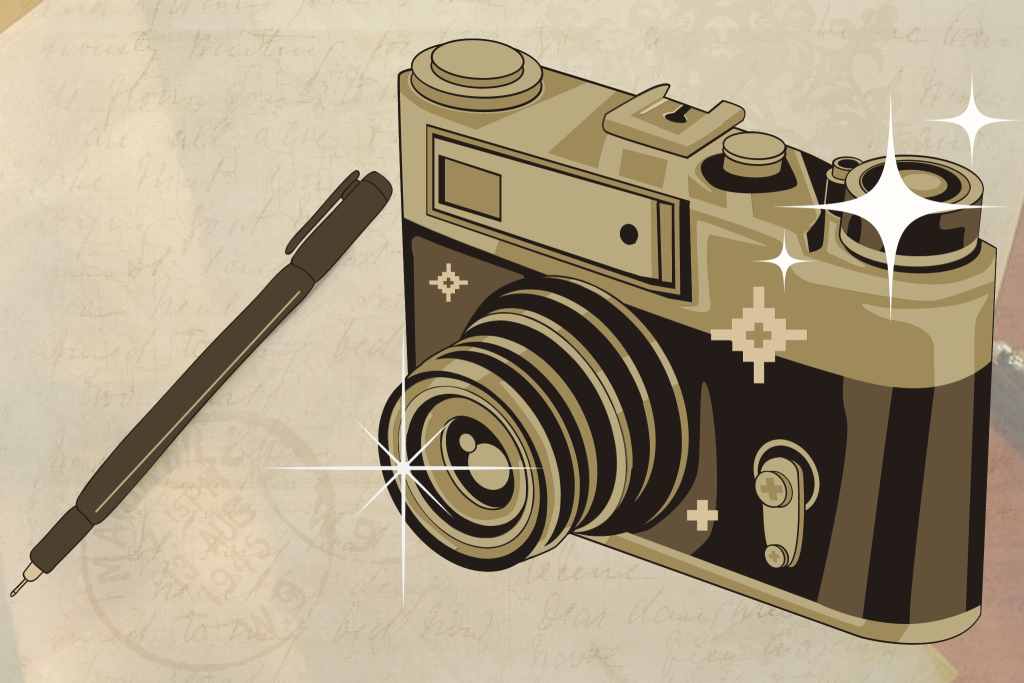
Graphic courtesy of Jackson Williams.
Have you ever had someone post your photos to social media with their own edits over your work? They most likely look far off from your creative vision, and that is a horrible feeling. Especially when you spent hours in front of a computer screen meticulously going over every little detail just to open Instagram to see the photo you were tagged in is an over-saturated edit, and it’s now online with your name associated with the work. Maybe you’ve been scrolling through Instagram and see that a big magazine brand has featured a photo you took and didn’t give you credit. Again — a very frustrating experience.
These are just a few instances of photographers’ work not being protected, but these are all completely avoidable situations. Implementing a photography contract as part of your regular client acceptance process will protect you and your work as well as ensure the client and their rights.
Aside from the instances I referred to, a photography contract is paramount to the success of any photography professional. It is a communication tool used between client and photographer to agree upon terms ahead of time, making the rest of the client-photographer relationship easy and effective. A few examples of why you would want to implement a photography contract are as follows.
Client Confidence
It assures the client that the expectations are clear and that you, as a photographer, will fulfill your duties.
Photographer Protection
It protects the artists and their art from being used in any way other than what was agreed upon.
Proof
If matters arise in the future, you have a written document to fall back on to reference, making the process of solving possible issues a whole lot easier.
Not every photographer’s contract is the same because everyone has different expectations. However, ensuring all aspects important to you are covered is vital in providing the most protection for you and your client. Let’s look at some of the integral components of ensuring your photography contract has everything you need to be effective.
Identification of Parties Involved
This might seem like a no-brainer, but it can be easy to forget. Making sure that it is clearly stated who you are entering into this agreement with is incredibly important because the whole contract would be void if left undone. Also, stating the work you are addressing in the contract and being as specific as possible will help everyone in the long run.
Services
Identify the expectations of the client as agreed upon by the photographer. Make sure it is as detailed as possible. Some things you might state in this part would be when the photoshoot is, who is expected to be there, who oversees specific elements of the photoshoot, and the content being shot.
Delivery
Highlight how you will return the gallery of images to your client, such as through Dropbox or Lightroom gallery link, etc. You might also want to include what kind of file downloads will be available as well as the number you plan to return.
Usage
Clearly state the acceptable usage for the photos you will return to the client. For example, if they should be used commercially or just for the client. This is important in protecting your work from being used in any publication if you don’t want it to be or if you are okay with it being used, making sure to stipulate you must be credited as the photographer.
Cancelation Policy
Do you have a non-refundable booking fee? If so, state that and articulate the stipulations if a client were to cancel.
These are just a few elements of a contract to think about. However, as I mentioned before, every contract looks different, and designing yours to cater to you and your clients’ needs is incredibly important to their effectiveness. Depending on the job type, photographers will often have multiple contracts written up for them to be more accurate. If you want to confirm you have all your bases covered when writing your own contract, eForms, an online legal resource, elaborates on why you need one for your photo business. This article by LegalZoom has compiled a list of items you may want to include in the drafting process. Finally, if you need help articulating contract specificities, ShootProof has some great suggestions for using the best language for communication between yourself, your client and the law.
Making a contract part of your regular client photographic process will help you succeed in many ways, from making communication easier, establishing clear expectations and protecting your work so that you can focus on the most rewarding part of your craft: taking pictures and telling visual stories.




















